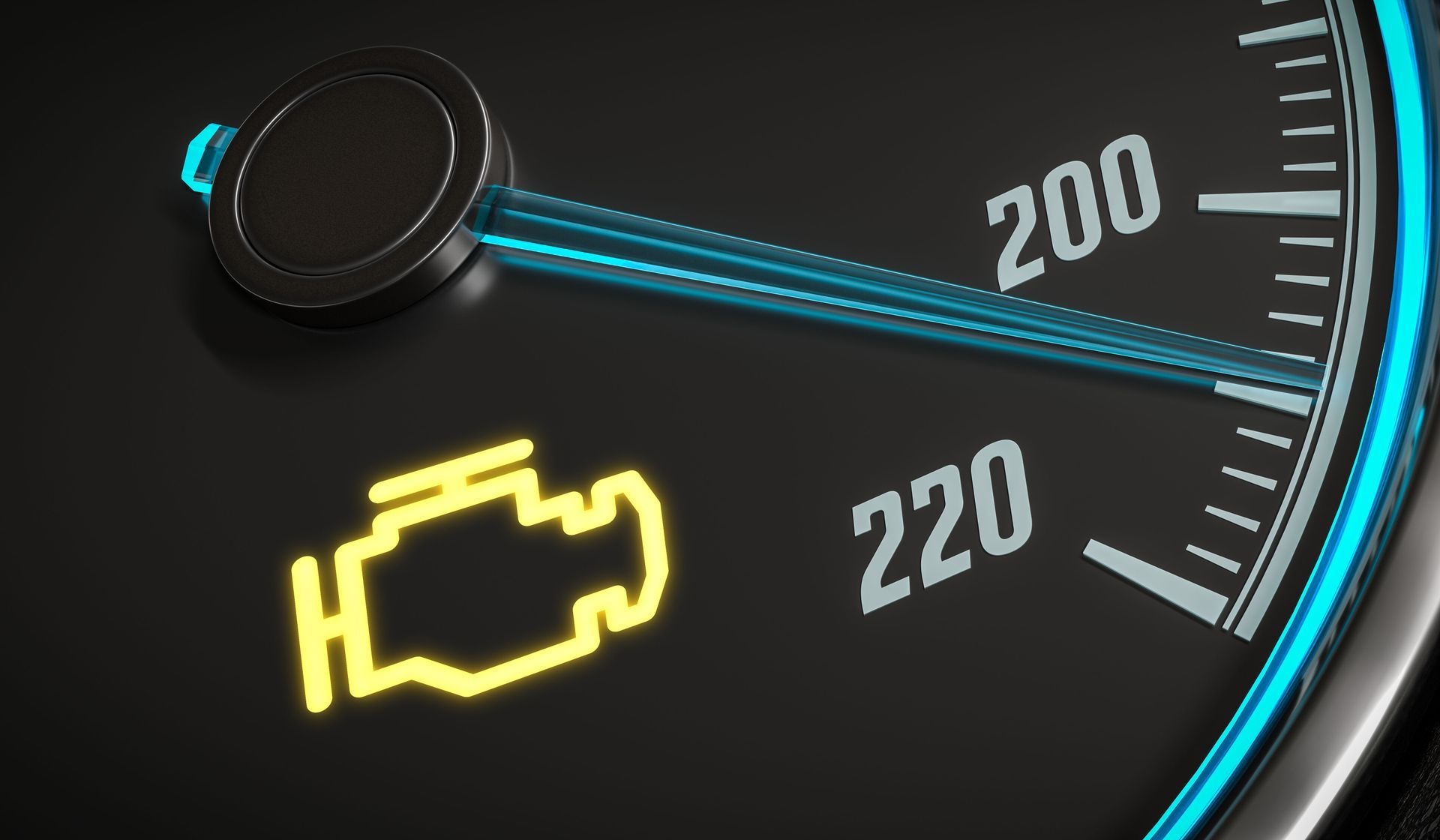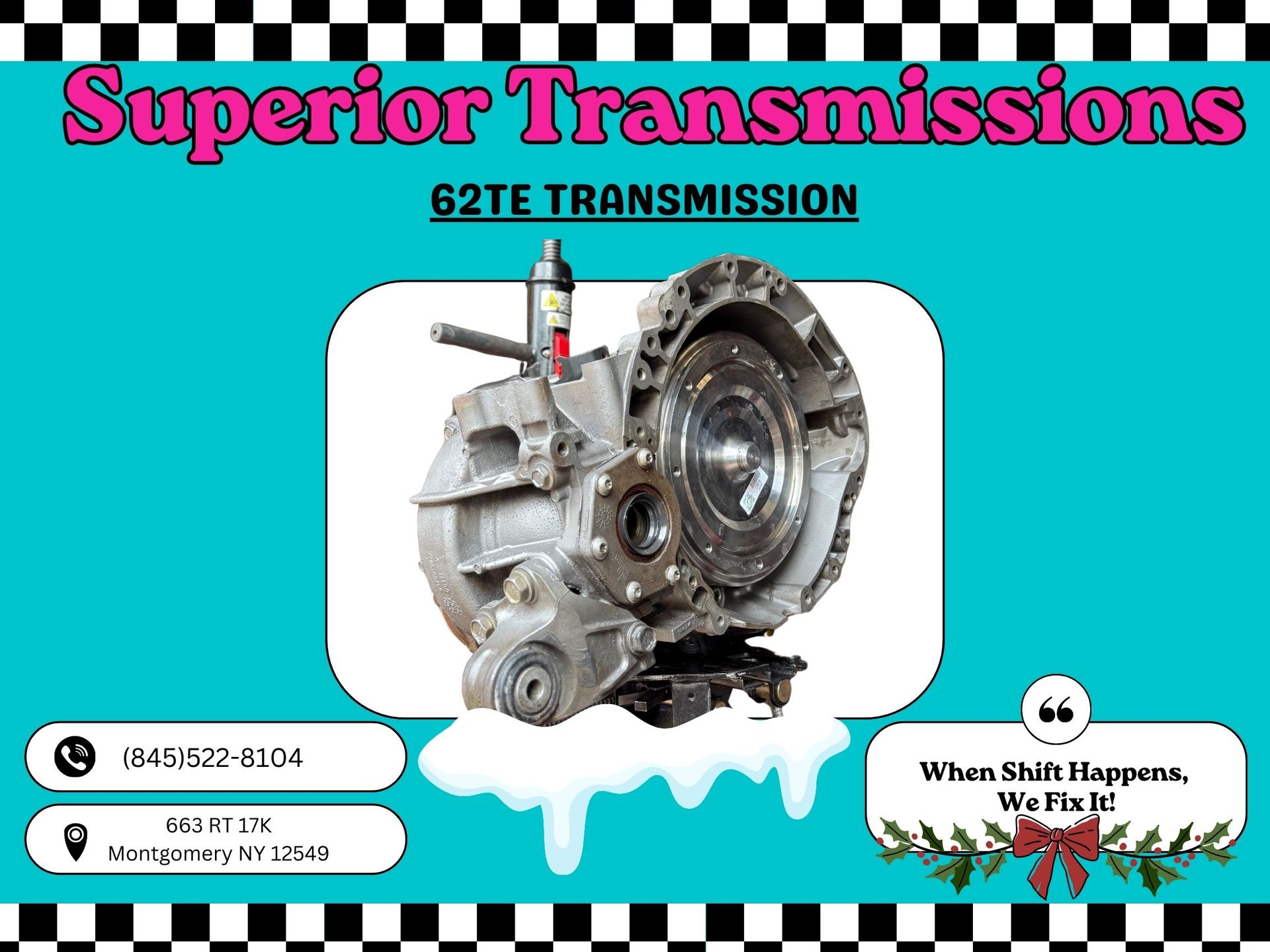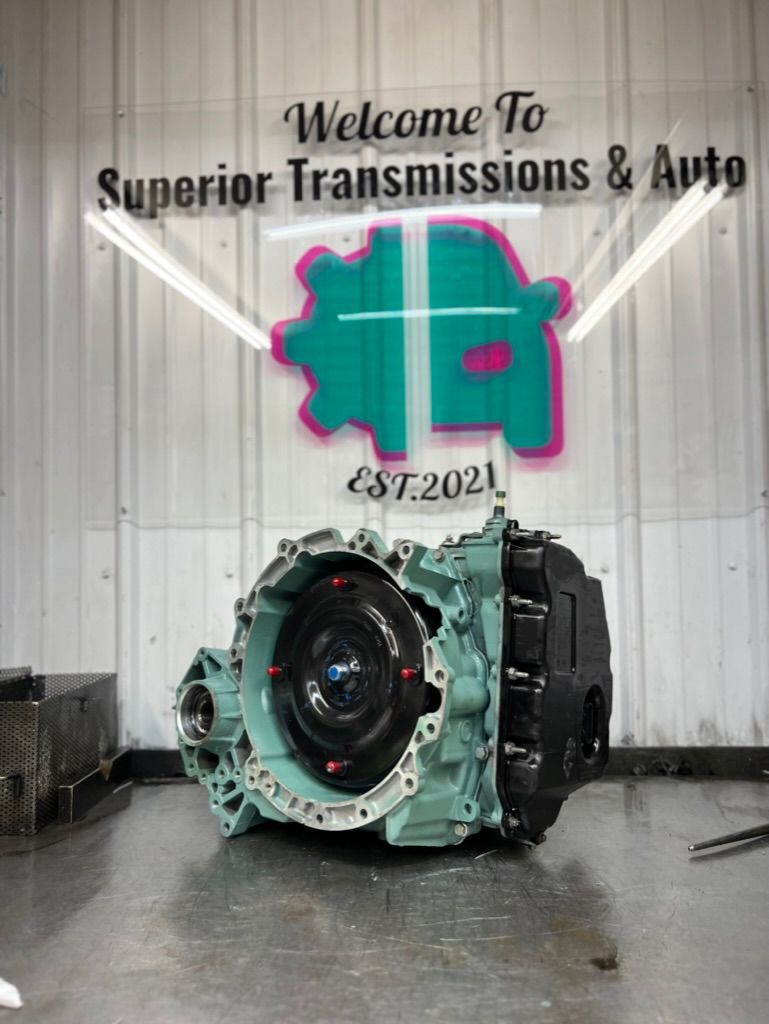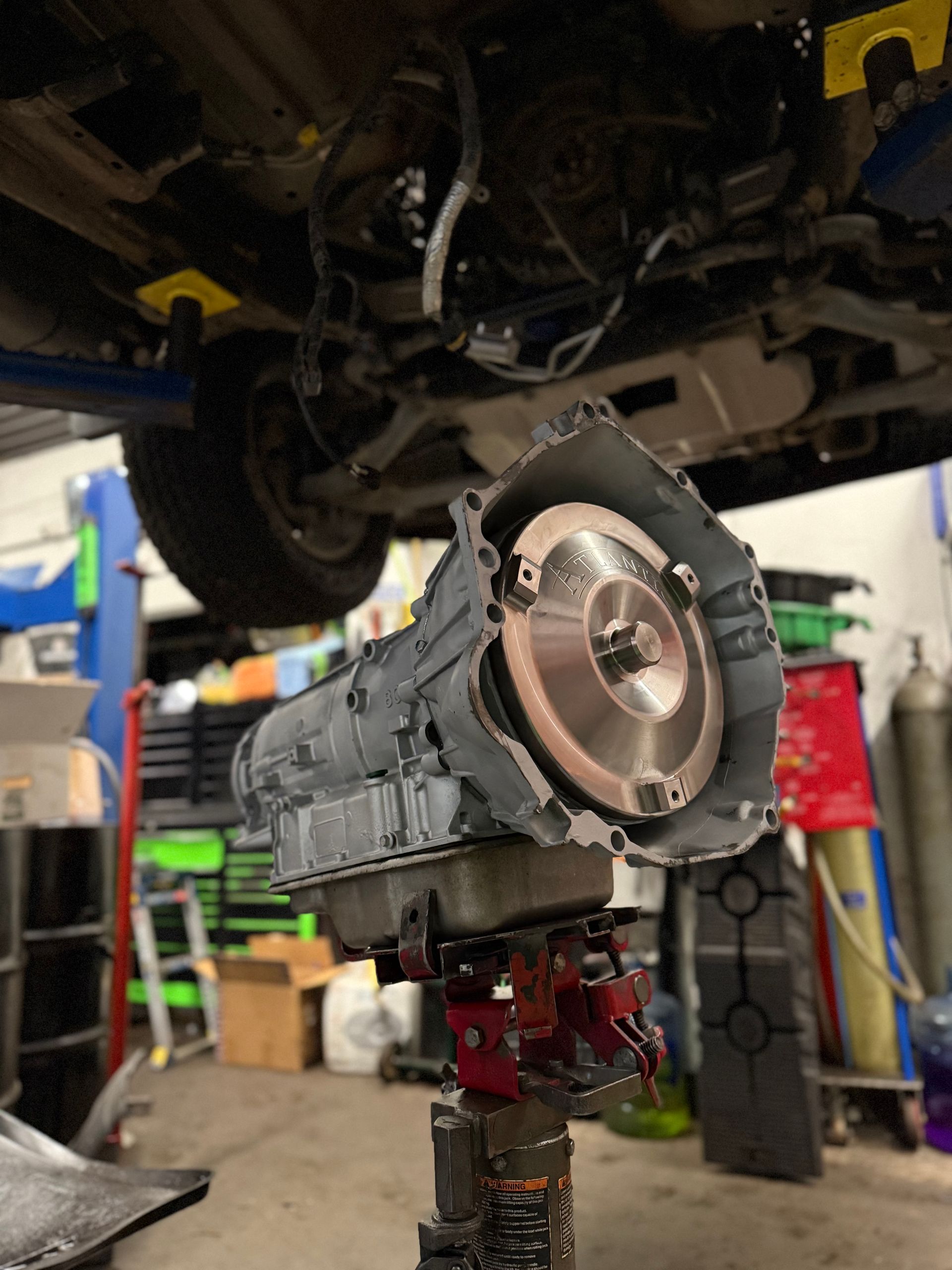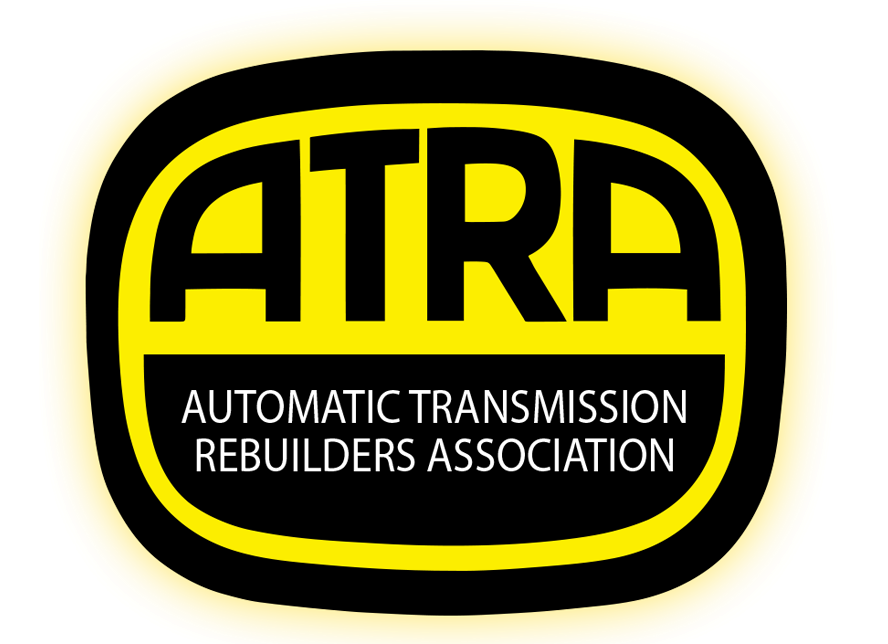September 17, 2025
Why Your Check Engine Light Might Not Come On for a Transmission Problem
One of the most common questions we hear at Superior Transmissions and Auto is: “Why didn’t my check engine light come on if my transmission is failing?” It’s a fair question—drivers rely on warning lights to know when something is wrong. But here’s the truth: not all transmission problems trigger the check engine light.
Mechanical vs. Electronic Transmission Problems
Modern vehicles are loaded with sensors that monitor how the engine and transmission are performing. If something electrical or computer-related goes out of range (like a bad sensor, solenoid, or communication issue between the engine and transmission), the vehicle’s onboard computer will usually trigger the check engine light.
However, when it comes to a mechanical breakdown inside the transmission—such as worn clutches, stripped gears, or a failing torque converter—your car’s computer doesn’t always know what’s happening. Since it’s a physical failure and not an electronic fault, no warning light may appear.
That means a driver could be experiencing serious transmission trouble without any dashboard alerts.
Signs Your Transmission May Be Failing (Even Without a Light)
Because the check engine light won’t always tell the story, it’s important to recognize the warning signs of a failing transmission:
- Slipping gears – the vehicle changes gears unexpectedly or struggles to stay in gear.
- Delayed engagement – a noticeable lag when shifting from Park into Drive or Reverse.
- Harsh or erratic shifting – rough, jerky gear changes that don’t feel normal.
- Grinding, whining, or humming noises – unusual sounds when accelerating or shifting.
- Burning smell – often caused by overheating transmission fluid.
- Fluid leaks – red or brown fluid spots under the vehicle.
If you notice any of these, it’s time to have your transmission inspected—even if your dashboard looks fine.
When the Check Engine Light Will Come On
Transmission issues that involve the electronic control system usually will trigger the check engine light. Examples include:
- Faulty transmission sensors
- Solenoid failures
- Incorrect gear ratio detected by the computer
- Overheating transmission fluid detected by a sensor
In these cases, the computer sees a problem in the data and alerts you right away.
What This Means for Drivers
If you’re waiting for the check engine light to warn you about transmission trouble, you could be setting yourself up for bigger (and more expensive) repairs. Mechanical problems inside the transmission will often give driving symptoms before they ever show up on the dash.
At Superior Transmissions and Auto, we always recommend having your vehicle checked at the first sign of slipping, rough shifting, or strange noises. Catching the problem early can save you from a complete transmission rebuild down the road.
